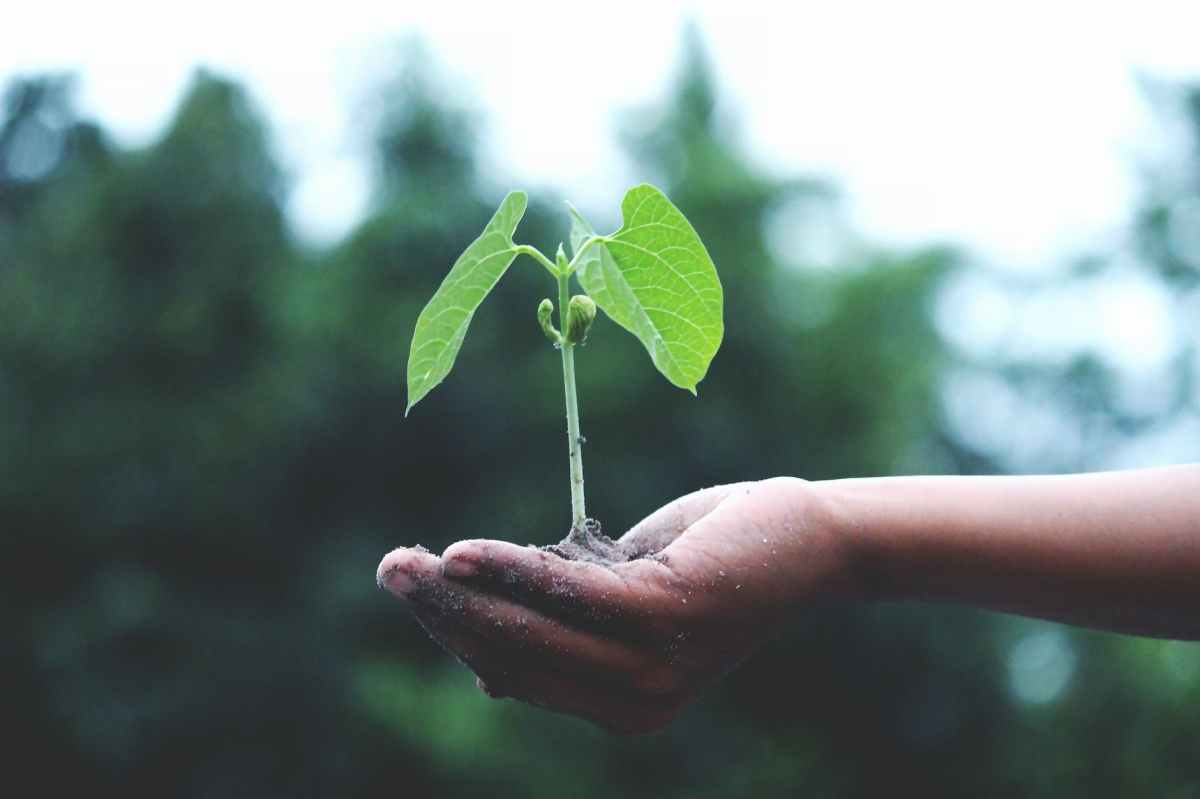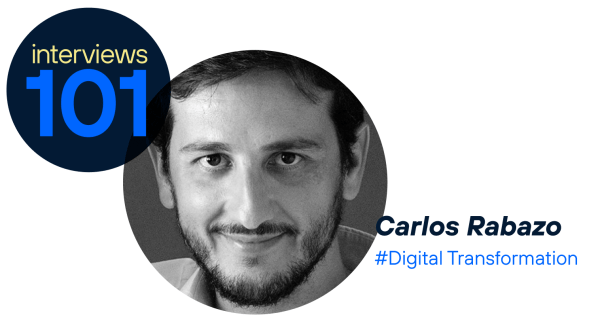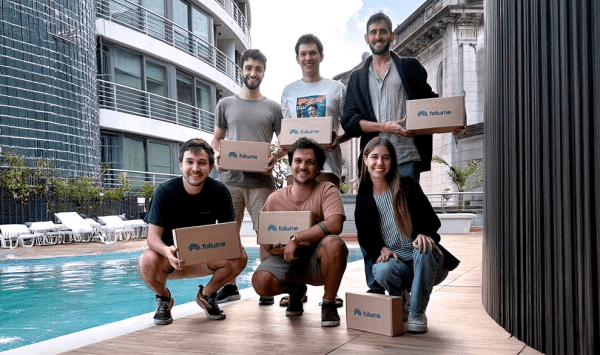Startups can be defined as newly created companies with a scalable business model that commercializes products and services through the use of technology and that have great growth potential.
The fact that major technology companies such as Amazon, Apple, Facebook or Google started as startups has served to popularize and consolidate the term.
Phases of a startup
The different phases or stages that startups go through during their life cycle are as follows:
Pre-seed
The pre-seed phase can be defined as the starting point of the entrepreneurial activity in which, once the business opportunity has been identified, the entrepreneur begins the search to give shape to the idea with which to develop the product or service.
From a prototype or test version, it is possible to get to know the interest that it could have in potential consumers.
Other steps in this phase are to form the initial professional team, lay the legal foundations and think about the strategy.
Regarding financing, there are different possibilities: the entrepreneur himself, FFF (family, fools and friends), business angels (investors specialized in startups) and crowdfunding (financing through a collective or group of people), although some of these financing methods can also be used in later stages.
Seed
In this seed phase, the work team is already defined and there is a minimum viable product (MVP) to offer to potential customers or investors seeking capital.
Investment in this phase is used to develop the product, validate it and carry out operations to publicize it.
For financing at this stage, an accelerator can also be considered, in which to stay and get advice from potential collaborators or partners.
Early stage
The early stage is characterized by the fact that the product is already making its first profits by achieving the objectives initially set.
Implicitly, the first users and the first interactions and reactions with the product arrive, which can be of help in detecting possible failures and trying to correct them.
This phase is key because it will help to understand what effect the product or service is generating in contact with customers.
Growth phase
In the growth phase, the product or service has already reached maturity and has recurring customers, positive KPIs and market demand.
It is considered that the startup is already established and will try to continue its growth.
While financing is important in all phases, in this case cash flow is particularly relevant as a source of financing, since investment fund analysts value it positively.
Expanding advertising campaigns to increase awareness of the product or service can be important.
Expansion
Through venture capital, for example, financing in the expansion phase can be used to expand (including internationalizing) the product or service to new places and markets.
Therefore, we could say that the objective of this phase is to reach a more ambitious market.
Being able to reach alliances with large companies can facilitate the process.
Divestment (exit)
This phase of disinvestment is the final stage in which the product or service has been solidly consolidated in the market, which leads to the aforementioned disinvestment: the investors exit the company’s capital and obtain benefits in exchange.
There are several possibilities for this stage: selling the startup to a company of a larger size, reaching a merger agreement with another company, an Initial Public Offering (IPO) so that the company can go public, or even closing the startup.
Conclusion
The life cycle of a startup is marked by the different stages we have already analyzed, each of which has a series of objectives and priorities that are different from one another.
Being aware of what stage a startup is in can help to analyze the situation and anticipate the characteristics of the coming moments with which to improve its development.









